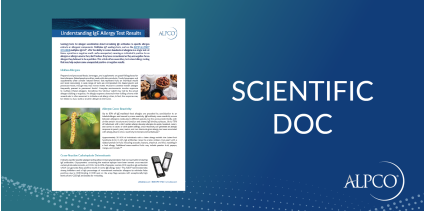Haptoglobin ELISA
$621.00
Catalog
41-HAPHU-E01
The Haptoglobin ELISA is for the determination of Haptoglobin in human serum or plasma.
- Results in just 35 minutes
- Reference serum included Research Use Only. Not for Use in Diagnostic Procedures.
Species
Human
Regulatory Status
Research Use Only. Not for Use in Diagnostic Procedures.
Product Distribution
Available Worldwide
Range
3.125 - 200 ng/mL
Sensitivity
3.125 ng/mL
Sizes
96 Wells
Sample Types
Plasma, Serum
Inc Time Minute
35
Inc Time Overnight
No
Inc Time See Protocol
No
Sample Size
100
Detection
Colorimetric
Acute phase proteins are plasma proteins which increase in concentration following infection, inflammation or
trauma. The first acute phase protein to be recognized was discovered in humans by Tillet and Frances in 1930 (1).
Haptoglobin (Hp) is a heterogeneous plasma protein mostly synthesized by the liver. The haptoglobin monomer
consists of two heavy chains, beta chains (40 kD) and two light chains, alpha chains, alpha 1 (9 kD) and alpha 2
(16 kD) that are linked disulfide bonds. The three major haptoglobin types are; Hp1-1 which is monomeric (98kD),
Hp1-2 is polymeric at about 200 kD, and Hp2-2 at about 400 kD. The levels in serum rise quickly following acute
tissue damage within 24 to 48 hours and also fall very rapidly once the stimulus is removed. In fact, haptoglobin
levels are decreased in hemolytic anemia. Haptoglobin has a high affinity for hemoglobin (Hb) and its function
appears to be to prevent loss of hemoglobin in urine which would lead to loss of iron. Investigations over the past
few years have shown that quantification of haptoglobin in plasma or serum can provide valuable information in the
research of disease not only in humans, but in companion animals and farm herds as well (2). =







